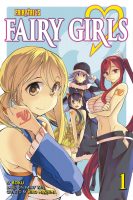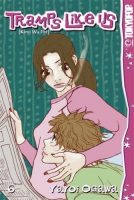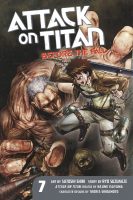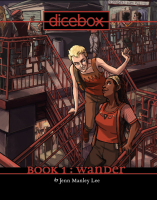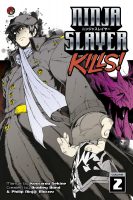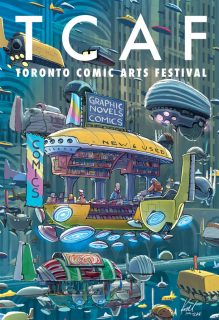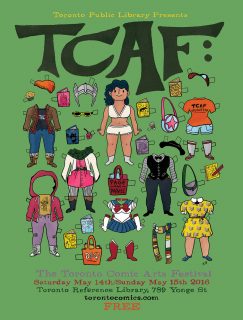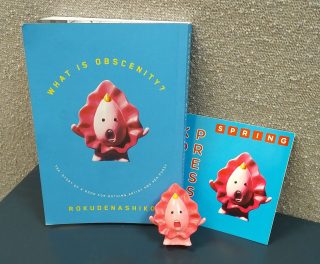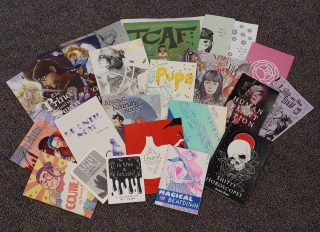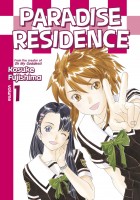 And the winner of the Paradise Residence manga giveaway is… Chris Lawton!
And the winner of the Paradise Residence manga giveaway is… Chris Lawton!
As the winner, Chris will be receiving a copy of Kosuke Fujishima’s Paradise Residence, Volume 1 as published in English by Kodansha Comics. I’m currently in the process of moving, so I’ve recently been thinking about the different ways that people live together a fair amount. And so for the Paradise Residence giveaway, I was interested in learning about some of the manga that the participants enjoyed which involve communal living, whether it be boarding schools, dormitories, or something else entirely. Be sure to check out the giveaway comments for everyone’s detailed responses!
Some of the manga in English with communal living arrangements:
After School Nightmare by Setona Mizushiro
Akuma no Riddle written by Yun Kouga, illustrated by Sunao Minakata
Beauty Is the Beast by Tomo Matsumoto
Blue Exorcist by Kazue Kato
Dokkoida?! written by Taro Achi, illustrated by Yu Yagami
Hana-Kimi by Hisaya Nakajo
Hayate X Blade by Shizuru Hayashiya
The Heart of Thomas by Moto Hagio
Here Is Greenwood by Yukie Nasu
Maison Ikkoku by Rumiko Takahashi
Love Hina by Ken Akamatsu
Oh My Goddess! by Kosuke Fujishima
Paradise Residence by Kosuke Fujishima
Persona 3 by Shuji Sogabe
Princess Jellyfish by Akiko Higashimura
Prison School by Akira Hiramoto
Revolutionary Girl Utena by Chiho Saito
Seihou Boys’ High School by Kaneyoshi Izumi
Strawberry-chan by Ai Morinaga
Sunshine Sketch by Ume Aoki
Tenshi Ja Nai!! by Takako Shigematsu.
Vampire Knight by Matsuri Hino
Venus in Love by Yuki Nakaji
Yu-Gi-Oh! GX by Naoyuki Kageyama
The above list is by no means exhaustive, but it does include the favorites that were mentioned as well as some more well-known examples. (And some lesser-known examples, too.) I tried, I think successfully, to show a range of different genres and types of stories, so there should hopefully be a little bit of something for everyone. Thank you to all of the participants in the giveaway who shared some of your favorite manga with me! I hope to see you all again for the next one.

